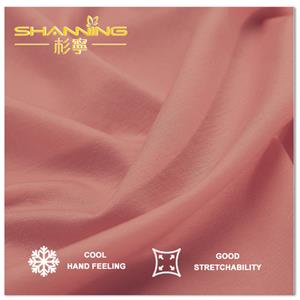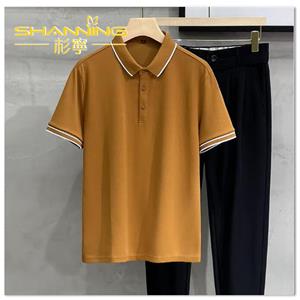How will industry 4.0 change textiles?
Modern technology is changing the state of manufacturing, with most of it happening as a result of Industry 4.0’s rise. Another element is an evolution in consumer demand, as people want higher-quality products delivered at unprecedented rates.

Industry 4.0 has allowed manufacturers to keep up with market changes and consumer demand, thanks to the incredible capabilities of technology. Computers, software and nuanced data have all become an instrumental part of the production process. Smart, connected devices and sensors better inform active processes, sometimes even allowing for complete autonomy.
Overall, the technology that’s powering Industry 4.0 offers a slew of benefits, including incredible levels of scalability, improved security, better controls, visibility improvements and an increase in customer satisfaction. Also, new opportunities have become available, such as the possibility to customize products for individual customers on a massive scale, something unheard of in the past.
The question is, how will these technologies alter the textile industry, specifically? What will Industry 4.0 change in textile production?
The technology has created a perpetual state of change, and it’s something that will likely stick around for quite some time. The trend is mainly positive, offering considerable improvements across the board. In reality, while many of the related technologies already provide incredible features and functionality, there is still a lot of experimentation going on.
For example, it’s rather apparent what smarter, more data-driven machines will offer, at least on the surface. By tying them into a network of sensors and devices, it’s possible to automate related processes and monitor them remotely on an innovative scale. But when you start talking about how to apply those technologies in different settings, that’s when things get a little hazier. One manufacturer might adopt smart sewing machines, and another might adopt textile-based 3D printers. A third might stick with manual labor, but employ smart sensors to offer a safer work environment for their personnel.
The real-time monitoring of systems and applications is the star of Industry 4.0, allowing for a wide array of benefits from increased scalability to improved quality controls. What that looks like precisely to each textile manufacturer depends on the organization.
The automation opportunities of Industry 4.0 have helped many organizations deal with rising labor costs. In countries such as China, India and Turkey, the digital transformation has already taken place at alarmingly high rates.
When 3D printers enter the fold, they flip the standard textile manufacturing process entirely on its head. It’s possible to craft textiles using new, unique materials and designs and with a much higher degree of personalization for the customer. A researcher from the Manchester School of Art in the UK named Mark Beecroft has already demonstrated this technology in action. He used it to develop nylon textile prints using selective laser sintering a form of printing which resembles traditional knitted pieces.
Of course, the two most significant hurdles of adoption are the associated costs and the adaptation of existing processes. An overhaul of existing machinery, equipment and systems is a costly endeavor any way you cut it. The benefits have to outweigh those costs for organizations taking on the change. In most cases, they do, but that’s not always the case. High capital costs, expensive energy rates and resource availability can all affect the total cost of a transformation.
What does the future of textiles look like?
It’s nearly impossible to predict what the future of the textile industry will look like years down the line, at least with any degree of certainty. One thing is apparent, however, and it’s that modern technology will pave the way for more unique, cost-effective and high-quality goods. When coupled with more customization opportunities and faster time to market, all the benefits will contribute to a higher customer satisfaction rating.




